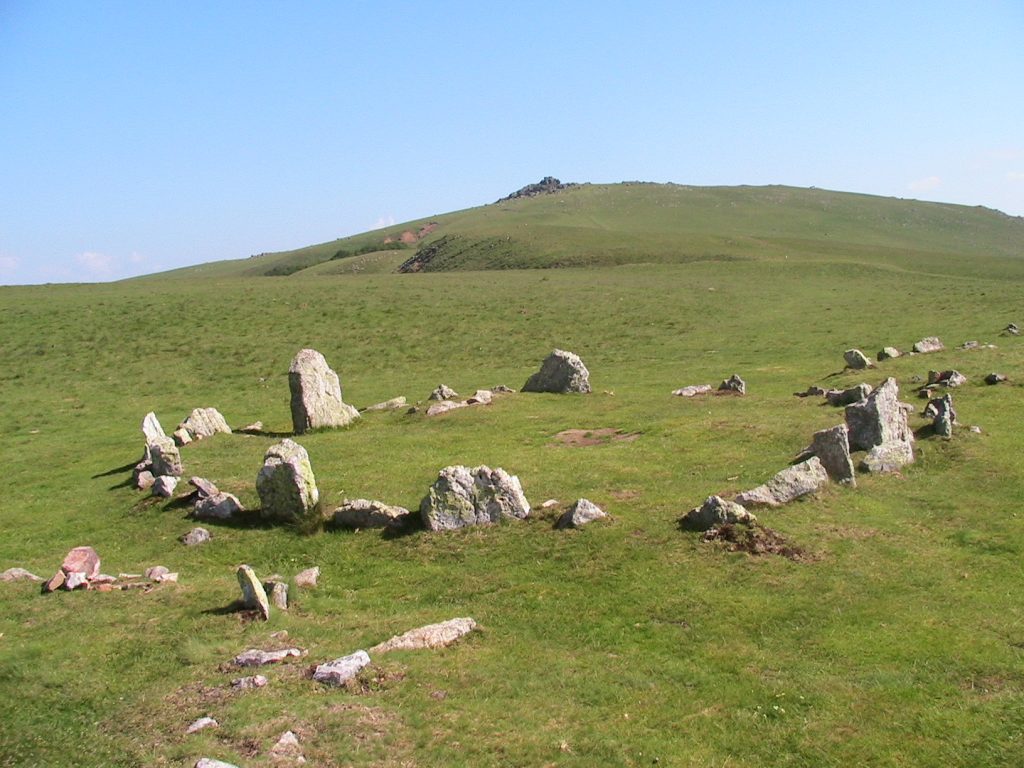During one of my visits to the Basque Country, we visited the hilerria, or cemetery, in Munitibar. I wasn’t clear what was going on, until they started digging up one of the graves. It seems that it was time to move my dad’s grandmother’s body. They dug up her grave — her son, my great-uncle, was there guiding the process — then placed the major bones in the family crypt. This was a shock to me, particularly since my great-uncle insisted that I take pictures of everything. Everywhere has their unique customs regarding death and the dead, and of course the Basque Country is no exception, though customs have changed dramatically over the centuries.

- In the Basque Country, when someone died, a window in the bedroom was opened, or a tile on the roof removed, so that the soul could more easily pass through. Bells were rung and, depending on the series of bell tones, the bells announced if the deceased was a man — first the big bell was rung and then the smaller one; for a woman, the opposite sequence of bells tolled across the village. They would even announce the death to the domestic animals and the bees, as bees provide wax for torches and candles that give light to the dead.
- The deceased was taken to the church and the village cemetery via special paths reserved for the dead. These were called, depending on the place, elizbidea, elizakobidea, gurutze-bidea, gorputz-bidea, auzotegiko bidea, or erribidea, which mean “way of the church,” “way of the cross,” “way of the body,” “way of the neighborhood or of the town.” Houses were usually not built near these funeral paths. In some cases, the bodies were buried, along with personal possessions, under dolmens. But, back in the Iron Age, there were also cases of cremation. The ashes were collected in vessels that were put into a baratz (“garden”) or harrespil (“stone circle”).
- In more modern times, the funeral procession was led by children and young men carrying torches. These were followed by the coffin, carried by the youth closest to the deceased. After that came the family and the men of the village, followed by the women. Sometimes, they touched the houses they passed with the coffin to bid farewell. In some places, a girl would go in front of the casket, carrying a basket of bread. In others, meat, bread, and old cheese were brought to the funeral. And, in yet others, once in the church they placed a basket upside down, covered it with a black cloth, and placed a plate and cup upon the top, also upside down.
- Interestingly, professional mourners were banned by law in parts of the Basque Country. Only a spouse could “pull their hair” or “howl” for the deceased — it was explicitly illegal for others to do so, with a penalty of ten marabedis.
- Within the church itself, each family, based on importance and contributions, was assigned a specific place for the family burials. For larger towns, cemeteries, or hilerriak (cities of the dead), were built around the church.
- In old times, the dead were buried under the eaves of the house itself. Lights of various forms, such as lamps or candles, were used to help guide the soul. It was believed that the soul might wander the local roads and even the house itself.
Primary source: Auñamendi Entziklopedia. FUNERAL. Available at: https://aunamendi.eusko-ikaskuntza.eus/es/funeral/ar-63385/
Discover more from Buber's Basque Page
Subscribe to get the latest posts sent to your email.



Hello,
you were there, at the cemetery for a purpose; to remind you that when you pass on, your soul is going home, to the Basque country.
Monique
In England it is very bad luck not to inform bees of a death in the beekeeper’s family. Each hive must be told separately, after knocking on it as on a door.